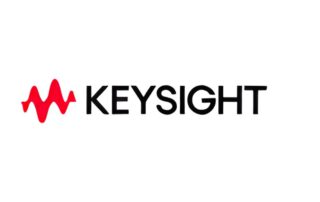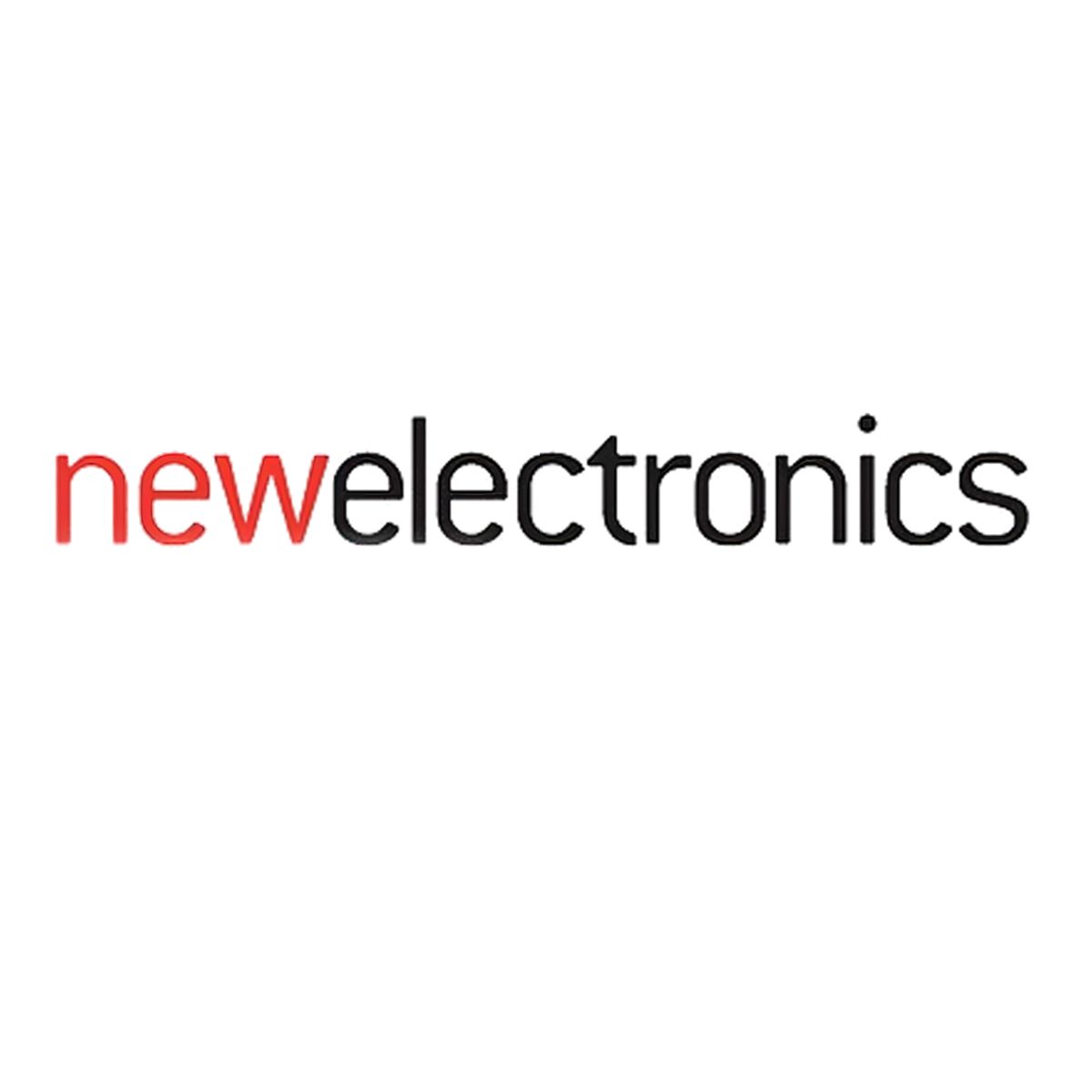November 13, 2025
We are excited to announce the release of our newest millimeter-wave voltage-variable attenuator (VVA) that harnesses Faraday rotation technology. The WR-8 VVA is optimized for systems operating in the 90-140 GHz frequency range, delivering full band performance. Read the full release in Microwave Journal:
October 31, 2025
Keysight Technologies published a white paper on: 6G - A New Approach to Increasing Data Throughput. The company, in collaboration with Virginia Diodes, utilized our Orthomode Transducers (OMTs) in a new approach to combine the vertical and horizontal polarized signals into one dual-polarized signal to double the data throughput relative to a single-polarized transmission. This exploits orthogonal horizontal and vertical polarizations to transmit two independent [...]
October 6, 2025
An article in Microwave Product Digest discusses one of the central engineering challenges in sub-THz communication is the limited availability of hardware and the underlying components required for it to operate reliably at these frequencies. The story is about a recent effort led by Virginia Diodes, Inc. (VDI) and Keysight Technologies, using the Micro Harmonics OMT. The goal was to deliver clean, high-power, wideband signals [...]
September 23, 2025
Micro Harmonics Corporation has announced the release of its new mmWave orthomode transducer (OMT), engineered for high frequency applications requiring low loss, excellent polarization purity and wideband operation. The WR-3.4 orthomode transducer is optimized for systems operating in the 220 to 330 GHz frequency range, delivering performance that meets or exceeds stringent requirements for satellite communications, 5G/6G testbeds, radiometers and scientific instrumentation. Read the full [...]
September 16th, 2025
Polarization multiplexing is a proven approach for doubling data capacity in communication and sensing systems at lower frequencies. The challenge comes when trying to apply the same concept at sub-THz frequencies, especially with ultra-wideband signals, where maintaining signal integrity becomes far more complex. A recent article in EE Design It highlights how our OMT helped overcome this challenge. By combining high polarization isolation with low [...]
August 22, 2025
Doubling data at sub-THz: one link, two polarizations, twice the data. As part of the pursuit of sub-terahertz (THz) systems, engineers from Keysight and VDI used a MMW OMT from Micro Harmonics to successfully transmit two independent, wideband signals, each on an orthogonal polarization, through a single spatial link at 142 GHz. By combining both signals into one beam using a high-isolation, low-loss orthomode transducer [...]
July 22, 2025
A 60-year-old theory is changing the game for millimeter-wave attenuators (MMW). An article published in New Electronics explains how engineers have long relied on PIN diodes and resistive vane attenuators to manage signal strength. Yet, both come with serious tradeoffs at high frequencies. Now, a breakthrough in Faraday rotation is unlocking a third path forward, offering a solution that’s faster, more compact, and better suited [...]
June 25, 2025
Electronic Specifier had a lot to say about our MMW isolators in an article discussing the future of sub-THz amplifiers. In essence: “By adopting new isolator designs, engineers can significantly reduce insertion loss, improve thermal management, and optimize system performance. Advanced isolators not only ensure that millimeter-wave amplifiers maintain peak efficiency but also enhance reliability and longevity over extended operational periods.” Read the full article here:
June 11, 2025
Micro Harmonics has been leveraging the Faraday Rotation principle to advance millimeter-wave (MMW) components into the sub-THz regime. As part of this effort, we recently unveiled our Faraday rotation attenuators. The response has been amazing, and Design Solutions recently featured them in an article. These attenuators provide full waveguide band operation and superior power handling compared to conventional technologies. Unlike resistive vane attenuators, Faraday voltage-variable [...]
May 28, 2025
While an amplifier may function optimally with a well-matched load – such as a power meter – its performance can degrade significantly when the load is not well-matched. Since power amplifier manufacturers cannot dictate the specific load impedance in their customers’ systems, they incorporate isolators to maintain consistent performance. However, as a recent article in EverythingRF recently pointed out, at higher frequencies traditional isolators do [...]










